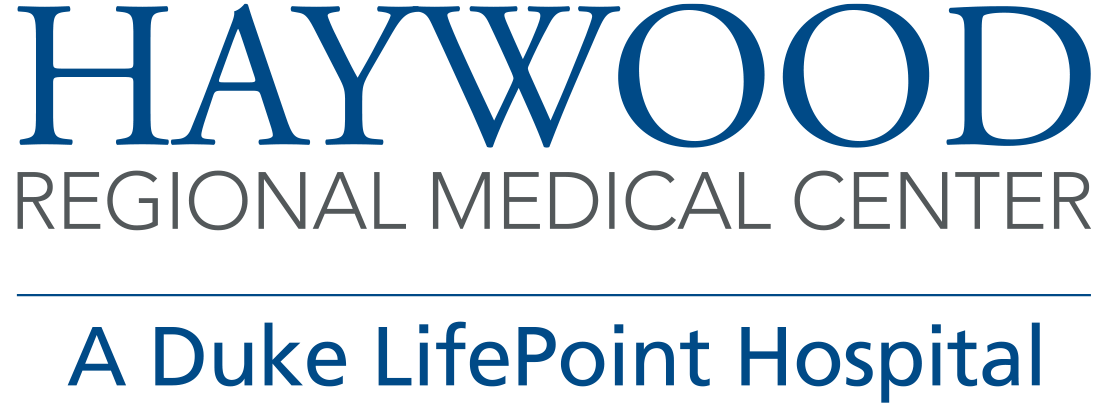Suicide Prevention: Knowing the Signs & Getting Help
September 2, 2022

Suicide is a complex and alarming public health issue that causes pain to hundreds of thousands of people each year. Suicide continues to be one of the fastest-growing epidemics around the world and is a leading cause of death in the U.S. In fact, the U.S. suicide rate in 2020 was 30% higher than in 2000, with nearly 46,000 deaths due to suicide. In the same year, there were an estimated 12.2 million Americans that seriously thought about suicide, while 3.2 million planned an attempt and 1.2 million actually attempted suicide. With September serving as Suicide Prevention Month, it’s an opportune time to remind ourselves of the signs and risk factors of suicide and know how to get help when its needed.
One of the most troubling aspects of suicide is it can impact people of all ages, groups and backgrounds. Suicide and suicide attempts also affect the health and well-being of friends, loved ones, co-workers and the greater community. When people die by suicide, their surviving family and friends can experience a range of difficult emotions, like anger and guilt, and may even have thoughts of suicide themselves.
Fortunately, suicide is preventable and all of us can play a role in promoting prevention. Knowing the warning signs and risk factors of someone who may be contemplating suicide can have a significant impact. According to the American Foundation for Suicide Prevention, some of the most recognizable signs of potential suicide include:
- Drastic changes in behavior or exhibiting entirely new behaviors;
- Comments about killing themselves, feeling hopeless, having no reason to live, being a burden to others, feeling trapped or being in unbearable pain;
- Increased use of alcohol and drugs;
- Withdrawing from activities or isolating from family and friends;
- Sleeping too much or too little, often causing extreme fatigue and/or aggression;
- Giving away prized possessions and other impulsive behavior; and
- Looking for a way to end their life, such as searching for suicide methods online.
There are also many risk factors that can increase the chance someone might attempt suicide, including:
- A family history of suicide or other serious mental health conditions, like depression, bipolar disorder, schizophrenia and more;
- Substance abuse;
- Access to lethal means, including firearms and drugs;
- Serious or chronic health conditions, especially those that cause extreme physical pain;
- A history of childhood neglect, trauma or abuse;
- Gender (more women attempt suicide, but men are four times more likely to die from their attempt);
- Age (those younger than 24 years old and older than 65 years old are at higher risk);
- Isolation and/or agitation;
- Prolonged stress, such as harassment, bullying, relationship problems or unemployment.; and
- A recent tragedy, loss or stressful event, like rejection, divorce, financial crisis or other major life transitions.
If you or someone you know is struggling with a mental health condition, like depression, or exhibiting these warning signs and risk factors, please seek help immediately. Behavioral health professionals are devoted to your mental well-being and are there to help whenever you need them. The Suicide and Crisis Lifeline is available by calling 9-8-8 and offers free and confidential emotional support 24 hours a day, seven days a week to those in suicidal crisis or extreme emotional distress.
Haywood Regional Medical Center provides many inpatient behavioral health support services, and is staffed by a highly trained team of providers, nurses and support staff. To learn more about the services provided, click here. To find a provider, call 800.424.DOCS.
